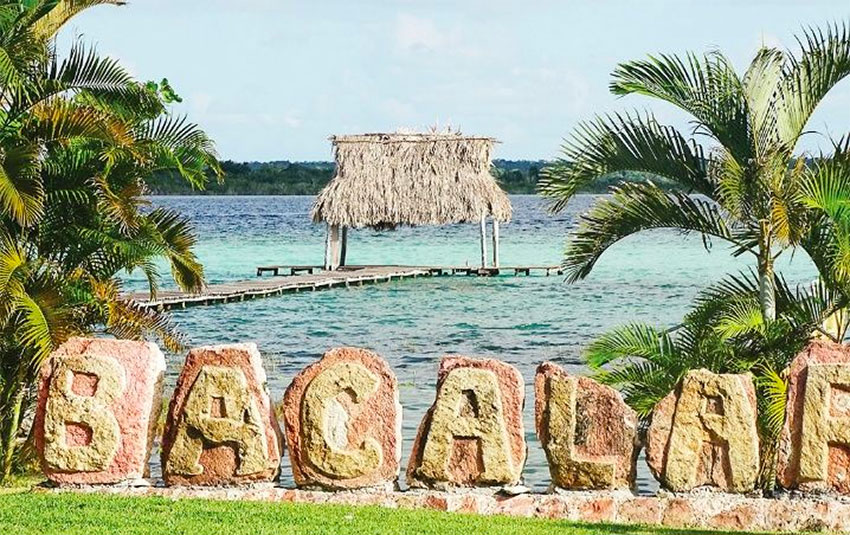Real estate prices are soaring in southern Quintana Roo as investors seek to secure land near the proposed route of the Maya Train.
Amir Efrén Padilla Espadas, president of the College of Civil Engineers in the south of Quintana Roo, told the newspaper El Economista that after President López Obrador took office in December and the Yucatán peninsula rail project was confirmed, real estate agents began to sell lots adjacent to where the railroad will supposedly run.
Demand for properties along the route has caused the average cost of land in Bacalar – a municipality popular with tourists because of its lagoon – to increase from 1,000 pesos (US $50) per square meter to 4,500 pesos (US $220), Padilla said.
However, he explained that there is no guarantee that investors will get what they think they are paying for.
“It’s pure speculation because National Tourism Promotion Fund [Fonatur] officials have told us that they have at least three options for the location of the stations. What’s a fact is that there will be maintenance workshops in Chetumal but where they will be built isn’t decided,” Padilla said.

“. . . Once the exact route of the railroad and the location of the stations is known it will be inevitable that the speculative phenomenon will intensify as has already started to happen in Bacalar, where the tourism boom and the announcement of a Maya Train station has quadrupled the value of a square meter of land,” he added.
Filiberto Buitrón Hernández, commissioner of the Bacalar ejido (cooperative), said that community landowners have received offers to buy their land from developers who intend to build hotels, theme parks and residential developments near the rail line.
“In the next ejido meeting, another project for Bacalar is going to be presented, we don’t know what it’s about yet but many others have already been offered to us. Some [developers] want to buy from 10 to 100 hectares to build hotels, mainly,” he said.
However, Buitrón said the landowners have rejected the offers they’ve received because they want to be partners in the development of the Maya Train and the infrastructure that will complement it.
To that end, the federal government has set up a trust through which community landowners can benefit from the rail project by offering their land for its construction.
Fonatur chief Rogelio Jiménez Pons said that 98% of ejidos along the proposed route have already granted right of way to the government for construction of the railroad.
In the case of Bacalar, officials from Fonatur, which is managing the project, explicitly asked community landowners not to sell their land, he said.
“. . . It was explained to them that everything will be through the trust. It appears that there was consensus and we will meet with them again to continue moving ahead,” Jiménez said.
Fonatur announced last week that three more stations, including one in Chetumal, will be added to the Maya Train line, bringing the total to 18.
The almost 1,500-kilometer-long railroad, which is scheduled to begin operations in 2023, will run through five states: Chiapas, Tabasco, Yucatán, Quintana Roo and Campeche.
It was originally forecast to cost between 120 and 150 billion pesos (US $6 billion to $7.5 billion) but the price tag has fluctuated as the route has been modified.
The project is forecast to boost tourism in southeast Mexico, while Jiménez said in May that the Maya Train will trigger real estate investment of at least 150 billion pesos (US $7.5 billion) .
Source: El Economista (sp)
